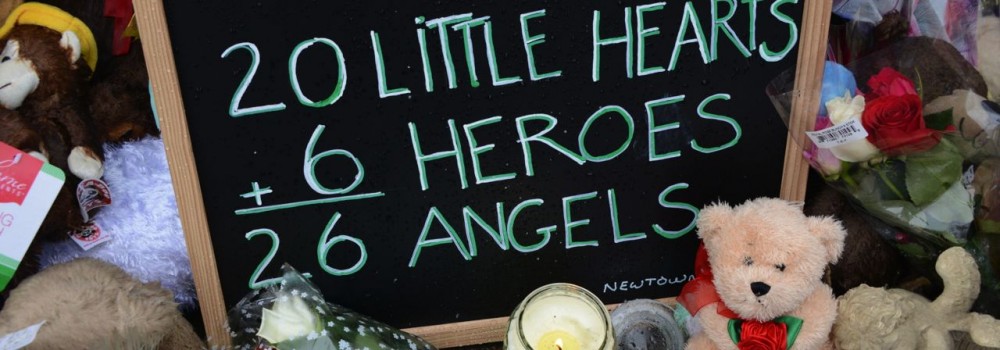How to Heal a Massacre
Nearly half a year has passed since 26 people were gunned down at a school in Newtown, Conn., but the debate still continues — and still centres on the wrong issues
By Jaron Serven, Staff Writer
In the months following the Newtown shooting, an uproar echoes in the wake. Litigation and controversy about gun control has risen. So has discussion on mental health issues, which the gunman is supposedly suffering from.
And at the forefront of debate is security in schools — metal detectors, random locker checks, etc and the National Rifle Association (NRA)’s bold suggestion to put more guns in schools.
“The only thing that stops a bad guy with a gun is a good guy with a gun,” said Wayne LaPierre, head of the NRA, in a statement the week after the shooting.
That response elicited vehement criticism. Not surprising. Arguments like those completely miss the point. The issue isn’t security and gunmen; it’s children, teachers and the embittered American culture.
On the NRA’s statement, the education scholar Lousie Kerner said: “That’s just horrifying. Disasters can occur in every possible way, so to me, having arms in schools is just an invitation to further disaster.”
Kerner, an education professor at Princeton University, is adamant that security measures metal detectors and random locker-searches are counterproductive. When implemented, there’s the real possibility that a sense of community — important to cultivate better education — could be lost.
A study released February by the Stanford Law Review supports that view. It found that past efforts to intensify security measures in schools — such as the inclusion of metal detectors — have actually backfired. Those measures only brought increased inequity, unnecessary infringement upon students’ rights and more gun violence.
So if not heightened security, then what? Kerner says the solution lies in something much, much simpler.
“It comes down to a general atmosphere,” Kerner says. Schools must “establish trust with students” to help belay impending violence. It tackles the root of the problem by creating a well-rounded community from within the school.
“There’s a danger of over-reacting in this circumstance,” says Kerner. “I think we might be making some mistakes…on the basis of this one incident, deciding that we have to take various steps, [when] it seems very unlikely to me that incidents like [Newtown] will become the norm.”
The Stanford report reminds us that Columbine High School had armed guards and metal detectors — none of which prevented it from being one of the most tragic school shootings of its day.
And the United States, so desperate for action and answers, seems to have forgotten why we are debating about all of this is in the first place: Children are dying, not merely because of guns, but by our collective lack of empathy.
Or, to give a concrete example, the worst indicator of America’s bitter culture, beyond all the murdered children and the prolonged arguments about them, is the largely absent question: What do the students think of all this?
It’s an important question, because a child’s opinion doesn’t say so much about the child as it does about the community he grows up in, and now, more than ever, we need to know how we are affecting our children.
Almost everyone has forgotten, as 9/11 grows smaller in the rear-view, what the true triumph over tragedy is: to learn from it, and to become better to your fellow man. That’s how you honor the unjustly killed; you forget the names of the perpetrators and remember the names of the heroes.
Because while the Newtown tragedy and the debates surrounding it may have said something about how soured American culture has become, we can turn it around by remembering that the true heroes — parents, administrators and especially teachers — are around us all the time.































Share the post "How to Heal a Massacre"